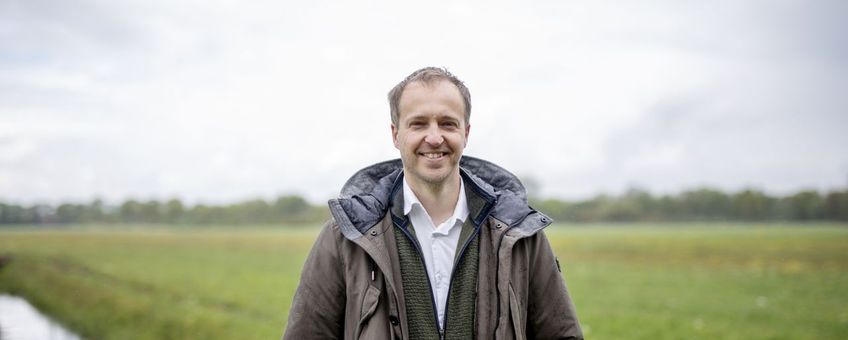
Prestigious Vici grant for research in coastal restoration
NIOZ Royal Netherlands Institute for Sea ResearchTjisse van der Heide: "With this project we want to develop biodegradable structures, in order to kickstart recovering mussel beds or seagrass beds."
Valuable
Mussel beds, as well as seagrass beds and other so-called ‘bio builders’, play a valuable role in coastal ecosystems. They literally build their own environment in the form of reefs and are a source of food, shelter and thus life for many other organisms. They also protect the coast from the force of the water during storms. Van der Heide: "All these systems are also valuable in the most literal sense of the word. Worldwide, the so-called ecosystem services of these structures are estimated to be worth as much as $5 to $10 trillion a year." Meanwhile, these types of coastal ecosystems are also deteriorating rapidly worldwide: 50 to 85 percent of the world's shellfish beds have disappeared or are threatened, and 30 to 40 percent of seagrass beds have also disappeared.
Essential traits
There have been many attempts already to lend a hand to the recovery of vanished mussel or seagrass beds, using artificial structures. Using biodegradable materials, for example, ‘reef blocks’ have been developed that can be placed on the bottom of tidal waters. "In itself, the principle of these systems works quite well", says Van der Heide. "For example, mussels do settle on and in these kinds of structures. But the structures that have been used so far, often turn out not to be resistant to the force of the elements. This is one of the reasons why three-quarters of international efforts to restore coastal ecosystems fail. To take this kind of initiatives to the next level, we apparently need to look much better at the essential traits that enable the shellfish or the plants themselves to build sustainable ecosystems, and mimic those."
3D printer
To translate the essential traits into an artificial structure, Van der Heide brought in the help of a large 3D printer on an automotive robotic arm. "With a degradable, organic material as raw material, we can use that tool to print basically any structure we want."
Manual
In his Vici project, van der Heide and four PhD and post-doctoral researchers first want to find out what characteristics make a natural shellfish bank or a seagrass field as sustainable as they are. They also need to find an optimal raw material that will remain in place long enough to aid recovery, but short enough not to leave residues in the environment. He plans to test the yet-to-be-designed structures not only in the Wadden Sea, but also in ecosystems elsewhere in the world. "At the end of the project, I hope to be able to present a manual that can help conservationists anywhere in the world in restoring coastal ecosystems", Van der Heide says.
NWO Talent Scheme
NWO’s Talent Scheme consists of the Vici, Veni and Vidi grants. The Vici grant targets senior researchers who have successfully demonstrated the ability to develop their own innovative lines of research. In doing so, they have also supervised young researchers. Researchers who receive a Vici grant have the opportunity to further develop their research group, often in anticipation of a tenured professorship, if they do not already have one. ZonMw runs the NWO Talent Scheme for the Health Research and Development domain.
More information
- This animation on YouTube summarizes the project (in Dutch): Mimicry of emergent traits amplifies coastal restoration success.
Text: Royal Netherlands Institute for Sea Research
Photo: Anneke Hymmen
